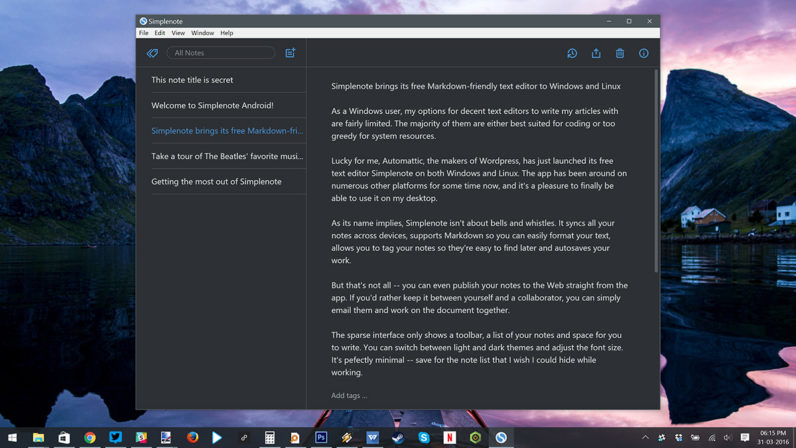

- #SIMPLENOTE SCREEN VIEW SHRUNK HOW TO#
- #SIMPLENOTE SCREEN VIEW SHRUNK FULL#
- #SIMPLENOTE SCREEN VIEW SHRUNK SERIES#

#SIMPLENOTE SCREEN VIEW SHRUNK HOW TO#
Again, we give a brief introduction, some terminology, and often some guidance on how to tackle the speech – or a suggested focus. These could be panel debates, TED talks, interviews, lectures, etc. 3 carefully selected ‘real life’ speeches representing a variety of accents and viewpoints.You’ll also find a short introduction and some terminology that you can choose to research before tackling the speech, or to ignore if you’d rather tackle it without preparation.
#SIMPLENOTE SCREEN VIEW SHRUNK FULL#
Each video is captioned and comes with a full transcript. 3 tailor-made practice speeches, prepared by yours truly, Catriona, and Kirsten, on the topic of the month.I thought it might be nice to give you an E4T taster, with a peek behind the scenes of several modules, along with some tips on how you can make the most of the content. We’ve had some great feedback about the materials (called E4T: English for Interpreters), which are intended to give you a helping hand with improving your English C (or B!) but we’ve also had questions about how to make the most of the materials, and what the content of the modules actually consists of.
#SIMPLENOTE SCREEN VIEW SHRUNK SERIES#
Or perhaps you can access plenty of suitable practice material, but you’re short of time and you’d like a shortcut.Ī few months ago, I launched a new series of modules focusing on English, along with my colleagues Catriona Howard and Kirsten Coope. Or maybe the multitude of different accents and variants of English you hear is stressful when you’re interpreting. Well…maybe you’re so used to hearing Globish at work that you struggle when Irish, British, American, Indian, or Kenyan speakers take the floor. English: an essential part of many interpreters’ language combinations.Īnd English is all around us, so it should be easy to maintain….right?


 0 kommentar(er)
0 kommentar(er)
